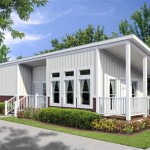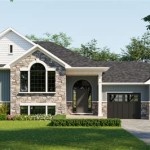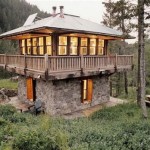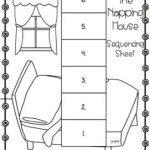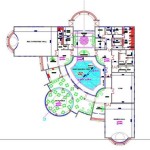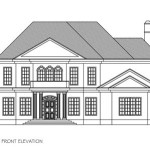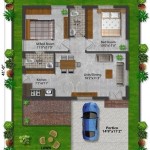Essential Aspects of Ecological House Plans
In a world increasingly concerned about environmental sustainability, ecological house plans have emerged as a viable solution for living in harmony with nature. These plans prioritize energy efficiency, resource conservation, and the use of eco-friendly materials, creating homes that are not only comfortable but also environmentally responsible.
Energy Efficiency
Energy efficiency is crucial for ecological house plans. These plans incorporate design elements such as passive solar design, which maximizes natural sunlight to heat the home, and high-performance insulation, which reduces heat loss. Energy-efficient appliances and lighting systems further contribute to reducing energy consumption, leading to lower utility bills and a smaller carbon footprint.
Resource Conservation
Resource conservation is another key aspect of ecological house plans. These plans aim to minimize water and material usage. Low-flow fixtures, rainwater harvesting systems, and drought-tolerant landscaping reduce water consumption. Sustainable materials, such as recycled wood, bamboo, and cork, are used to reduce the environmental impact of construction.
Indoor Air Quality
Indoor air quality is essential for the health and well-being of occupants. Ecological house plans prioritize the use of non-toxic building materials, such as low-VOC paints and sealants, to minimize indoor air pollution. Natural ventilation, through strategically placed windows and skylights, helps to circulate fresh air throughout the home.
Site Planning
Site planning plays a crucial role in ecological house plans. The orientation of the house on the property can maximize sunlight exposure and natural ventilation. The placement of trees and other vegetation can provide shade and reduce heat gain in the summer while allowing sunlight in during the winter.
Building Materials
The choice of building materials is critical for ecological house plans. Sustainable materials, such as recycled steel, bamboo, and earthen plasters, are preferred over traditional materials that may have a negative environmental impact. These materials are durable, energy-efficient, and reduce the overall carbon footprint of the home.
Renewable Energy Integration
Incorporating renewable energy sources, such as solar panels or geothermal heating and cooling systems, can further enhance the ecological footprint of a house. These systems generate clean energy, reduce reliance on fossil fuels, and contribute to a more sustainable future.
Conclusion
Ecological house plans offer a holistic approach to sustainable living. By prioritizing energy efficiency, resource conservation, indoor air quality, site planning, building materials, and renewable energy integration, these plans create homes that are not only comfortable and beautiful but also environmentally friendly. Embracing ecological house plans is an investment in the future, ensuring a healthier and more sustainable environment for generations to come.

Eco Friendly Home Plans House Design

Eco Design Energy Efficient Homes Greenmatch Co

Eco Friendly Home Designs Salter Spiral Stair

The Top 10 Sustainable Home Design Trends In 2024

Pin By Lisa Smith On Eco House Design Friendly
This Entirely Customizable Dwelling Unit Raises The Bar In Energy Efficient Green Home Market Place Plans By Leap Adaptive

Eco Friendly Home Infographics Ecological House Futuristic Design

The Top 10 Sustainable Home Design Trends In 2024

House Plan 1 Bedrooms Bathrooms 90101 Drummond Plans

Eco Friendly House Plans Green Energy Star Rated The Designers

